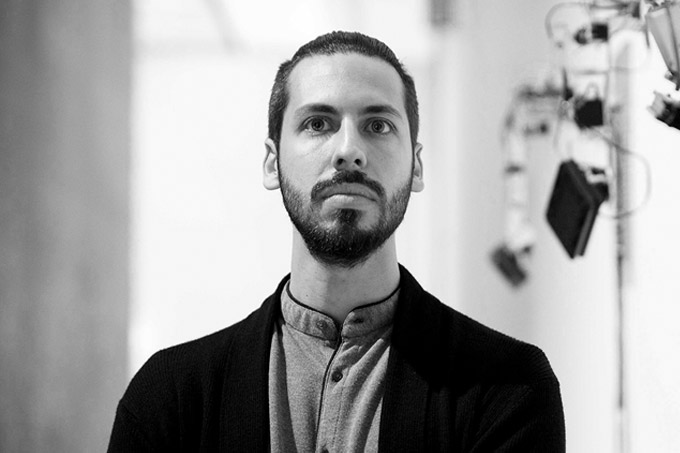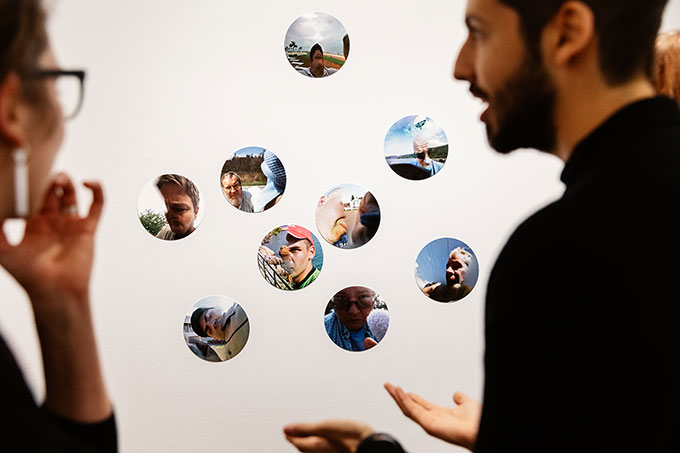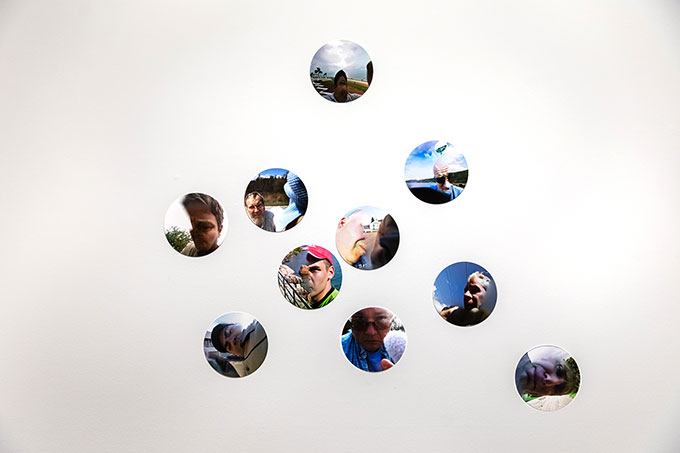Emilio Vavarella’s work combines interdisciplinary art practice and theoretical research, and is centered around the study of the relationship between humans and technological power. His works present a combination of new technologies used with alternative (non-productive, poetic, dysfunctional) goals in mind, imagining technology’s future effects through the use of speculative fiction, and decontextualizing and misusing technology to reveal its hidden mechanisms.
Emilio is currently working on a PhD in Film and Visual Studies and Critical Media Practice at Harvard University. Venues that have exhibited Emilio’s work include: MAXXI – Museo nazionale delle arti del XXI secolo; KANAL – Centre Pompidou; MAMbo – Museo d’Arte Moderna di Bologna; Villa Manin; Museo Nacional Bellas Artes in Santiago; National Art Center of Tokyo; Eyebeam Art and Technology Center; Fondazione Studio Marangoni and Fondazione Bevilacqua La Masa.









